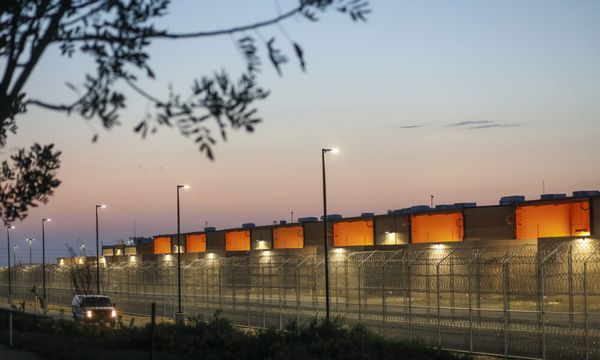Artificial dens will soon be installed in far north Queensland to help boost numbers of a native marsupial known to mate itself to death during breeding season.
The northern quoll is the smallest of Australia's four quoll species and was once found right across the country's north.
Its numbers plummeted after the introduction of the cane toad to far north Queensland in 1935, and it is now estimated there are fewer than 100,000 animals remaining in the wild.
The few populations of quolls that are left are fragmented and confined to rocky areas that cane toads struggle to reach.
Researchers believe, however, that many of the northern quolls remaining in Queensland have learnt not to eat cane toads, and they are now experimenting with ways to increase both their populations and range.
On an Australian Wildlife Conservancy (AWC) sanctuary on the Atherton Tablelands, west of Cairns, it is hoped providing artificial dens for the quolls could save the species.
"We want to encourage them to move back across the open savannah," AWC ecologist Alexander Watson said.
Terrain Natural Resource Managment (Terrain NRM) is leading the project and will install 12 artificial quoll dens at the AWC sanctuary in the coming months.
"We'll put these within striking distance of a known quoll habitat, where we've got photographs of quolls being there," Terrain NRM's biodiversity leader Andrew Dennis said.
"And then we'll put them double that distance again to try to draw them out even further."
Live fast, die young
Dr Watson said trialling the artificial dens was timely, because while Queensland quolls have learnt to avoid eating cane toads, populations in Western Australia have not.
"The quolls have been decimated, quite literally decimated in the Kimberley because of cane toads," he said.
Dr Dennis said northern quolls have a short life span in the wild, with males only living about one year and females living between two and three years.
"The males are so keen to go and find mates that they'll run around between 100-200 hectares of range, and they're only a 500-gram animal," Dr Dennis said.
He said the male quoll's deadly drive to reproduce, and the high turnover of adults, left fragmented populations more vulnerable to dying out completely when other influences were introduced.
"When you have something like a toad invasion and a large proportion of the population eats toads and dies, there's no old individuals left to keep the populations going," he said.
"And the few that don't die during that toad invasion might be too isolated from one another to find each other."







